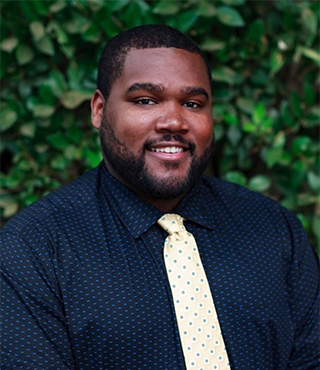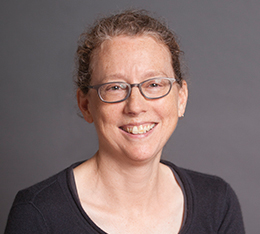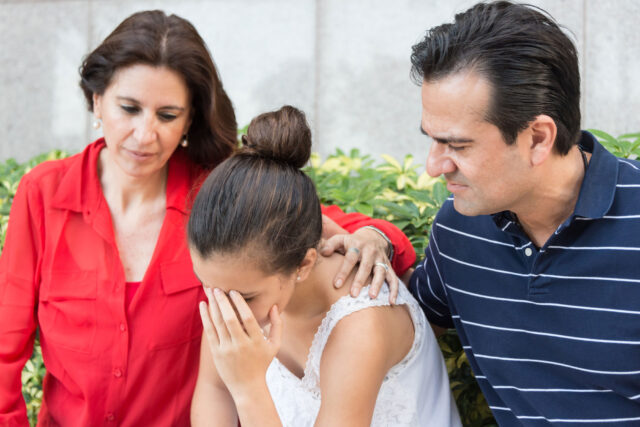How have transitional-age youth (16–24) been faring during the pandemic, and how have public policies and programs responded to their needs? We talked to Jevon Wilkes, executive director of the California Coalition for Youth (CCY)—which advocates for and engages young Californians who are disconnected from basic resources as they transition to adulthood—and director of youth engagement for the California Children’s Trust.

Tell us about the youth that the California Coalition for Youth supports and mobilizes.
We focus on disconnected, runaway, and—especially—young people who are experiencing homelessness. On our public policy and advocacy side of things, we‘re really focused on pushing the agenda for youth—pushing for the supports they need. California has the largest number of unsheltered, unaccompanied youth. Then there are young people who are experiencing homelessness with their families.
We also run and operate the California Youth Crisis Line. We’re available 24/7. In addition, the majority of our staff are under the age of 25. We really push the opportunities for young people to engage with us and work with us.
Has the pandemic changed your assessment of the greatest needs of transitional-age youth?
The need has always been there. On the flipside of that, you see more communities saying, “We have to support our young people,” and they’re not sure how to do that.
Young people are experiencing a new world. There’s going to be a different perspective from a youth who went from having a social network to possibly being either homeless . . . or in our juvenile justice or our foster care system. Or living with three-four-five families in one space . . . no room for doing homework, no breathing space.
COVID has shown how things have been for some for a while, and now there are a lot more who are unfortunately going to be immersed in the experience of homelessness.
How well have social safety net programs been working for transitional-age youth?
There’s a lot of good things that are happening right now. For example, in San Francisco, Larkin Street Services used Project Room Key and got young people housed. There was funding distributed at the beginning of COVID from the Department of Health Care Services to [treat] substance use disorders to agencies throughout the state. So they were able to get funding to get staffing and support to young people as fast as possible. There are millions of dollars in the new federal bill to support youth experiencing homelessness.
What are some promising areas or signs of hope?
With everything that is happening, the hope is that we put our hearts, minds, and spirits together to elevate our young people.
The Youth Empowerment Act could bring young people’s voices to the capital so that when elected officials need a youth perspective, they have a body they can go to, a government committee or entity made up of young people appointed by the governor.
We have these huge opportunities now, and the truth is we have missed huge opportunities [in the past]. We have to get it right this time. . . .we really have to be intentional with how we choose to push the dollars forward, push them out into the community.





